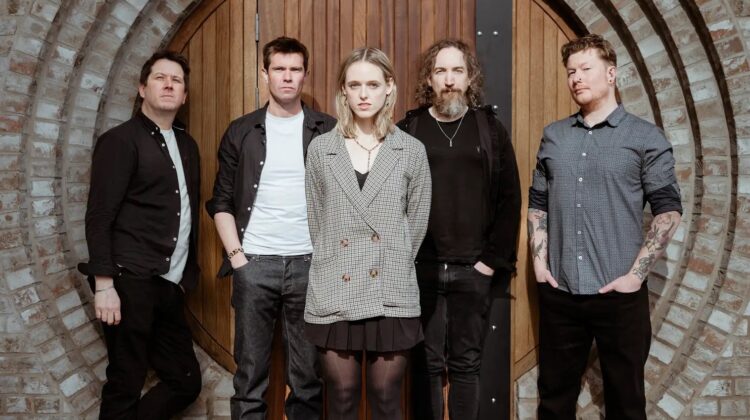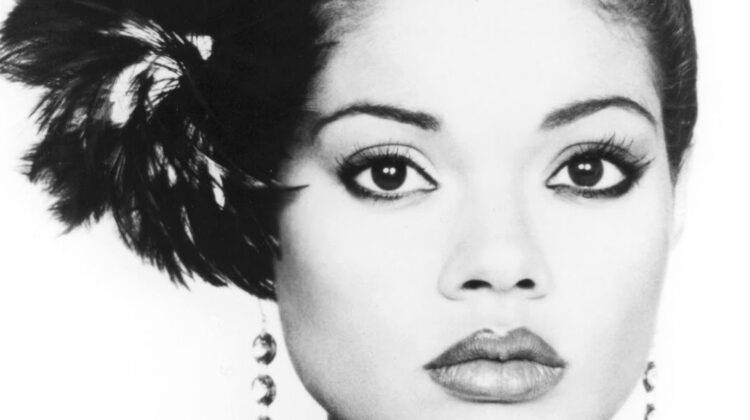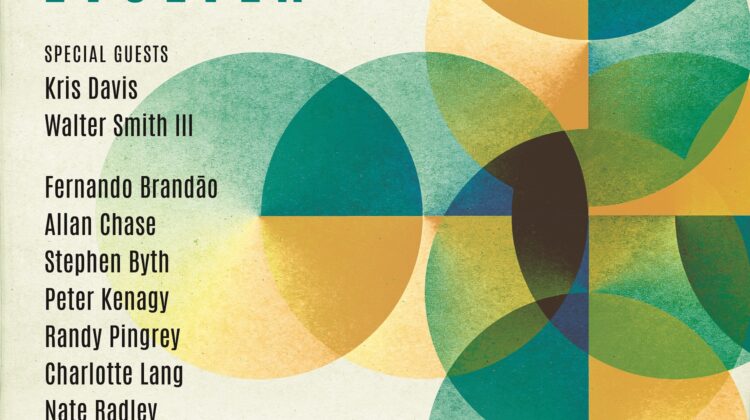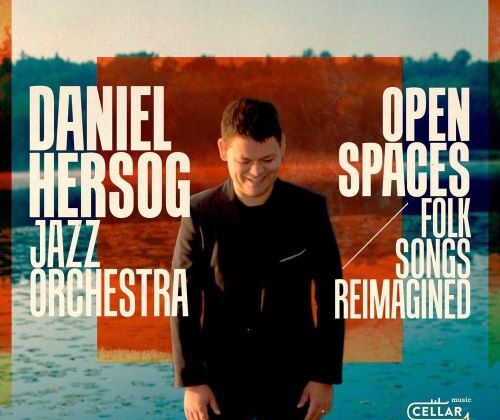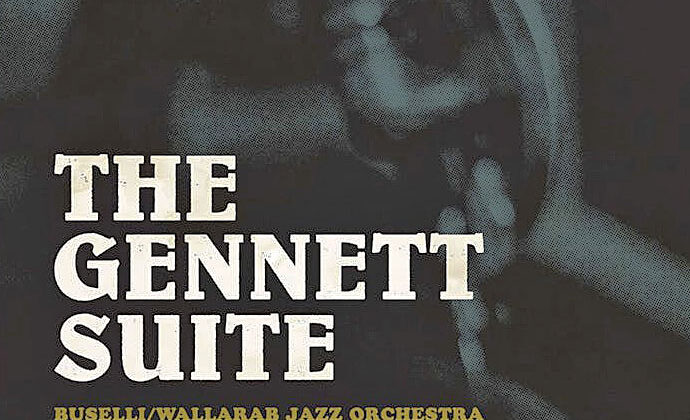To celebrate the birth of Leonard (born Louis) Bernstein’s on August 25, 1918, the Smithsonian Jazz Masterworks Orchestra presented a concert of Bernstein’s compositions one hundred years later.
Its mission being to present important jazz works in the Smithsonian’s National Museum of American History, the Orchestra’s leadership wanted to make the concert special, as was Bernstein’s contributions to music in the second half of the twentieth century, by calling attention through jazz interpretations to Bernstein’s lesser-known works.
Fortunately, important collaborations contributed to the success of the SJMO’s vision.
First of all, benefactors David Frederick and Sophia Lynn donated to make possible the project. And then, SJMO artistic director Charlie Young contacted composer/conductor Flavio Chamis, who was one of Bernstein’s assistant conductors. Chamis, who knew Bernstein well, recommended a broad diversity of Bernstein’s works lesser known to the public than West Side Story or On the Town. Young worked with five musicians to convert to respectful and exhilarating arrangements some of the pieces that originally may have been written for voices, strings, dance or classical orchestras. Nonetheless, Bernstein’s palette of hues, textures, signature phrases, excitement and beauty remains as most of Bernstein’s works on the album were heard for the first time from another perspective. And finally, after the SJMO recorded its performances at Bias Studios in Springfield, Virginia, producer Marty Ashby participated in the project not only as a musician along with other family members, but also as the producer to release the performances on the label of the Manchester Craftsmen’s Guild, which shares SJMO’s mission of preserving jazz masterworks.
Vast as Bernstein’s musical interests were, he had no interest in being pigeonholed in one category. Although his works have influenced legions of jazz musicians, Bernstein is not known as an improvising jazz performer, as was, for example, André Previn, who performed in both jazz and classical genres. Jazz influenced Bernstein too, as he absorbed musical ideas from a multitude of sources.
Interestingly, as one listens to Bernstein Reimagined, the realization occurs that jazz has come around to Bernstein. Some of the present-day jazz orchestras, with influences from Gil Evans or Duke Ellington as well, play with a broad sonic spectrum projecting, instead of 4/4 dance music, majesty, solemnity, naturalism, playfulness and spirituality.
Playfulness opens Bernstein Reimagined, as reedman Scott Silbert’s arrangement of “Times Square Ballet” from On the Town adopts moods, tempos and voicings from that 1944 Broadway production, Bernstein’s first at the age of 25. Immediately on “Times Square Ballet,” the SJMO captures the audience’s attention with abrupt changes to the dancers’ attitudes at the end of Act I. Its razor-sharp precision of accents, imitative locomotive phrases, wah-wahing muted brass, saucy alto saxophone suggestiveness and Benny Goodman-esque excitations, including Silbert’s opening solo and closing glissando, set up a musical tableau of New York near the end of World War II.
Young and Chamis include two lesser-known pieces from On the Town (since much of Bernstein’s music was dropped from the film). “The Great Lover,” with its frenzied, pulsating off-the-beat accents arranged by Mike Tomaro, foreshadow some of Bernstein’s innovations in West Side Story’s dance and compositional synergies, such as “Jet Song” or “The Rumble.” And Darryl Brenzel’s gorgeous arrangement of “Lonely Town Pas de Deux” is musically evocative with a wide sonic breadth, from flute to bass trombone, that floats like clouds over bar lines before Tom Williams comes in to give a trumpeted voice to an on-stage character’s loneliness.
Another suite, though shorter than On the Town’s, involves Silbert’s arrangement of music from On the Waterfront, Bernstein’s only film score, that opens with the round of two instruments that blossoms into a full-blown orchestral introduction culminating in Ken Kimery’s drummed set-up of cinematic intrigue. Jagged and then linear rhythms ending in thematic and dramatic accents or ascending chords, as well as a mood-shifting quietly ruminative movement, follow as tenor saxophonist Luis Hernandez and Williams improvise.
And as far as dramatized productions go, who knew that Bernstein scored and wrote the lyrics for a 1950 staging of Peter Pan starring Boris Karloff four years before the hit production with Mary Martin singing “Moose” Charlap and Jules Styne’s music? Running for only eight months on Broadway before closing, Bernstein’s version of Peter Pan was cut to only five songs due to the cast’s limited vocal range, the rest of the music being unheard until conductor Alexander Frey started in 1998 the research for more of the play’s music. Chamis knew of Frey’s discoveries, and one of Bernstein’s songs from Peter Pan, Mike Tomaro’s arrangement of“Dream with Me,” appears on Bernstein Reimagined. Alto saxophonist Charlie Young plays the melody typically sung over a broad vocal range as arranger Jay Ashby provides the orchestral cushion of kaleidoscopic soft shades consisting mostly of reeds and trombones, whose control of the gradual changes of volume create subtle tension.
In contrast to pieces related to narrative productions, “Chichester Psalms I” employs spiritual numerology based on the number seven to create a choral and solo vocal piece in 7/4 with initial intervals of seven that Brenzel converts to a jazz orchestral arrangement. Commissioned by the Cathedral of Chichester in Sussex England, the work alternates between meditative peacefulness to the joyous push of anticipation of the beat to its concluding full-volume accents. “Meditation # 1” from Bernstein’s Mass moves through several segments, as does much of his other music, its theme initially stated on guitar by Marty Ashby over James King’s walking bass. Ashby and trombonist Jennifer Krupa continue the force of the first section before it slows for Kenny Rittenhouse’s mellow trumpet solo with the composition’s intimation of “Somewhere” before the arrangement’s gradual growth into dissonance/resolution and then into stateliness.
Teasingly, “Waltz” from Divertimento for Orchestra, which celebrated the Boston Symphony Orchestra’s centennial, is performed not in three-four, but in seven-eight too. With a light skipping feel, Steve Williams’ arrangement features unexpectedly Victor Provost playing the melody on steel pans to a light playful accompaniment. And although one would expect another performance of steel pans because of the name of “Morning Sun” from Bernstein’s opera, Trouble in Tahiti, instead the brief vocal composition alludes satirically to advertising jingles of the early 1950’s with quotes from On the Town.
Postlude from Bernstein’s contemporary opera, A Quiet Place, calmly, but with an emotional undercurrent, delivers affecting ringing solos by soprano saxophonist Williams and pianist Tony Nalker.
Even though the Smithsonian Jazz Masterworks Orchestra’s premiere of these reimagined works occurred in 2018, nonetheless it’s gratifying that MCG Jazz has released the album of Bernstein Reimagined three years later. Live performances may have stopped for a while, but still this special performance of an excellent orchestra like SJMO can be enjoyed as a recording.
Artist’s site: www.smithsonianjazz.org
Label’s site: www.mcgjazz.org

